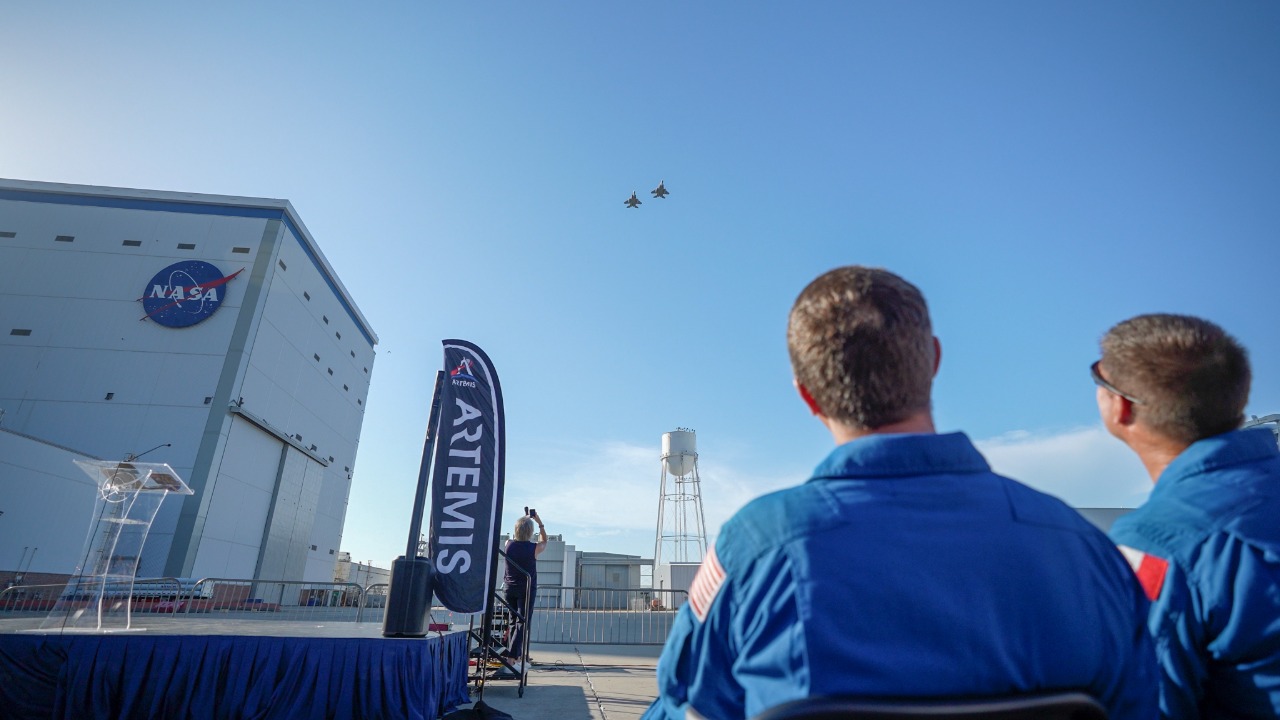
NASA’s Artemis II mission is poised to make history as the agency’s first crewed flight to the Moon in 50 years, following the Apollo 17 mission. This groundbreaking mission, featuring a crew of four astronauts, will orbit the lunar surface without landing, serving as a critical test for future explorations. Scheduled for launch in February 2026 from Kennedy Space Center in Florida, Artemis II builds directly on the success of the uncrewed Artemis I mission in 2022, paving the way for a sustained human presence on the Moon.
The Artemis Program’s Foundations
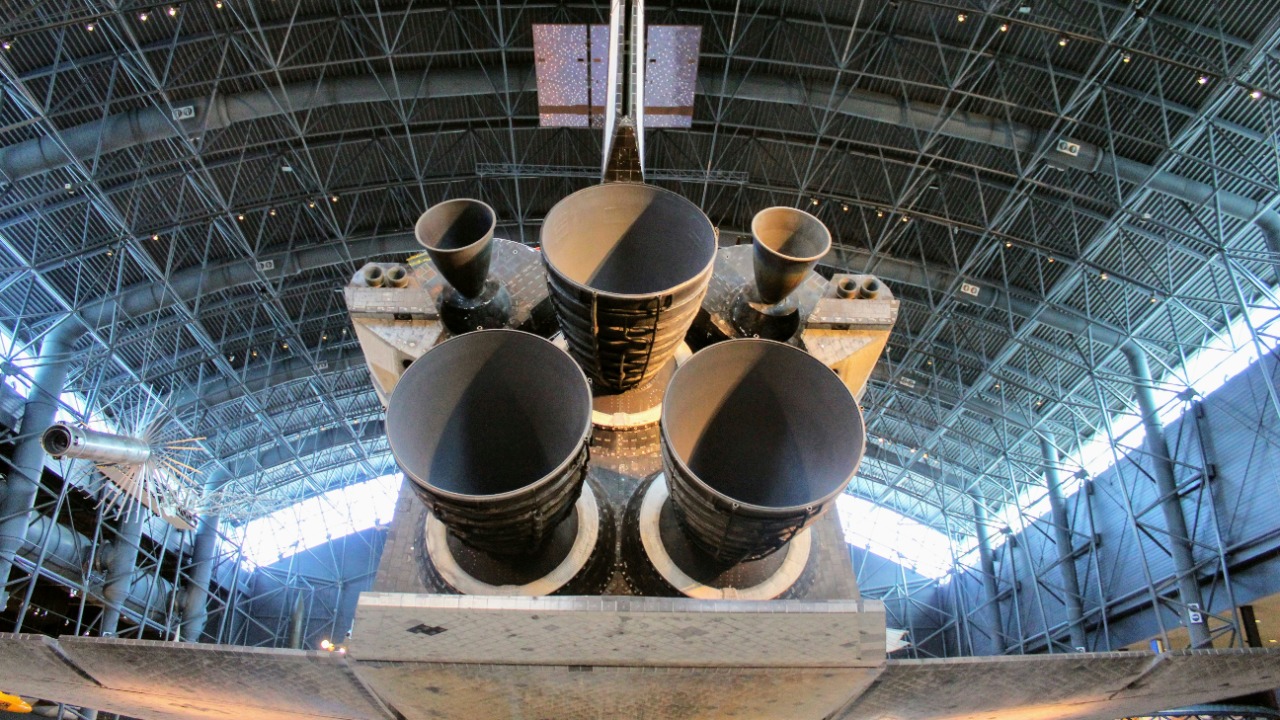
The Artemis program represents a significant evolution from the Apollo-era missions, aiming to establish a sustainable human presence on the Moon by the late 2020s. Artemis II is the second step in this ambitious initiative, following the uncrewed Artemis I launch on November 16, 2022. This mission successfully validated the Space Launch System (SLS) rocket and the Orion spacecraft in deep space, setting the stage for future crewed missions. The program’s focus on sustainability and inclusivity is reflected in its diverse crew selection, which aims to represent global participation in space exploration.
NASA’s partnerships with private entities and international collaborators are crucial to the Artemis program’s success. SpaceX, for instance, is developing the Human Landing System, which will eventually enable astronauts to land on the lunar surface. Additionally, the Canadian Space Agency contributes the Canadarm3 robotic arm for future operations on the Gateway station, a planned lunar outpost. These collaborations highlight the program’s commitment to leveraging global expertise and resources to achieve its goals.
The Artemis program’s ultimate objective is to establish a permanent human presence on the Moon, which will serve as a stepping stone for future missions to Mars and beyond. By fostering international cooperation and technological innovation, NASA aims to create a robust framework for sustained exploration and scientific discovery in the lunar environment.
Artemis II Mission Objectives and Timeline
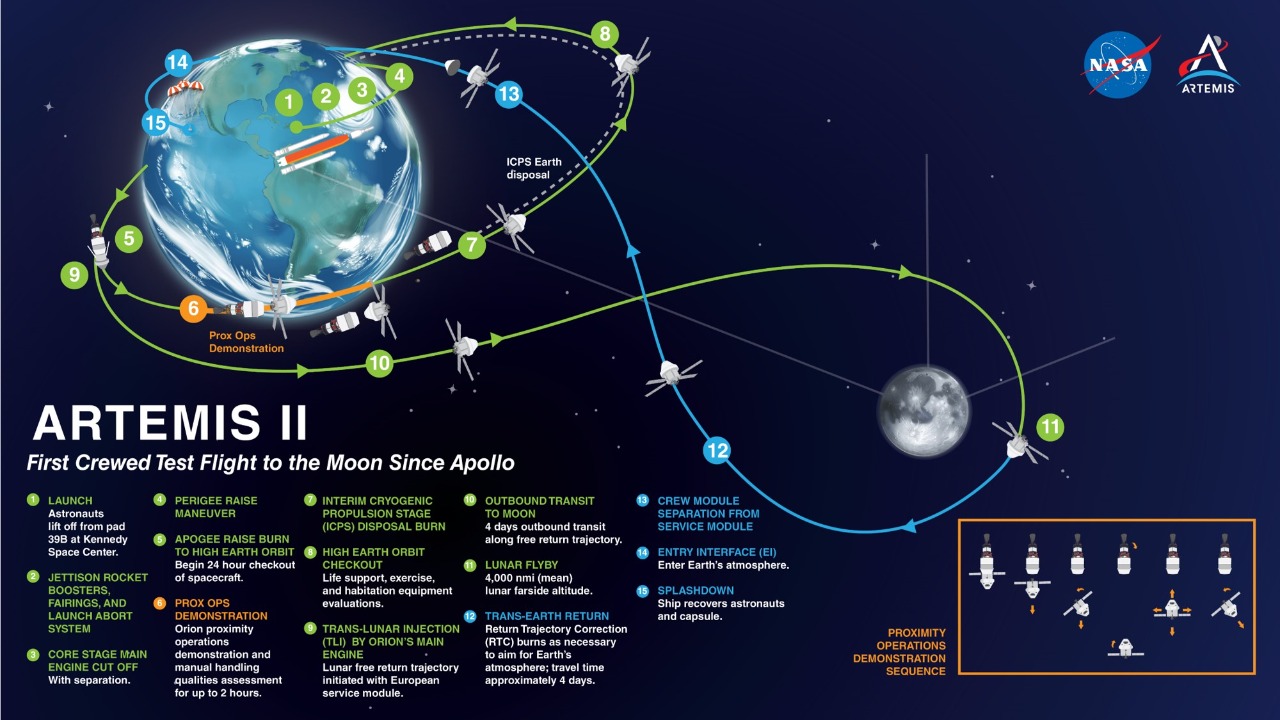
The core objectives of the Artemis II mission include testing the Orion spacecraft’s life support systems and heat shield during a 10-day mission that features a lunar flyby at an altitude of about 80 miles from the surface. This mission will provide critical data on the spacecraft’s performance in the harsh environment of deep space, ensuring the safety and success of future crewed missions to the Moon and beyond. The mission’s success is vital for validating the technologies and systems that will be used in subsequent Artemis missions, ultimately leading to a sustainable human presence on the lunar surface.
The February 2026 launch window was carefully selected to align with optimal lunar trajectory conditions and avoid conflicts with other spaceflight schedules. The SLS Block 1 rocket will propel the crew toward a free-return trajectory back to Earth, ensuring a safe and efficient mission profile. This trajectory will allow the spacecraft to return to Earth without additional propulsion, providing an added layer of safety for the crew.
Contingency planning is a crucial aspect of the Artemis II mission, with potential delays stemming from ongoing integration tests at Kennedy Space Center. The Orion spacecraft is currently undergoing final preparations, and any issues identified during these tests could impact the mission timeline. NASA is committed to ensuring the highest standards of safety and reliability, and any necessary adjustments will be made to guarantee the mission’s success.
The Crew and Their Roles
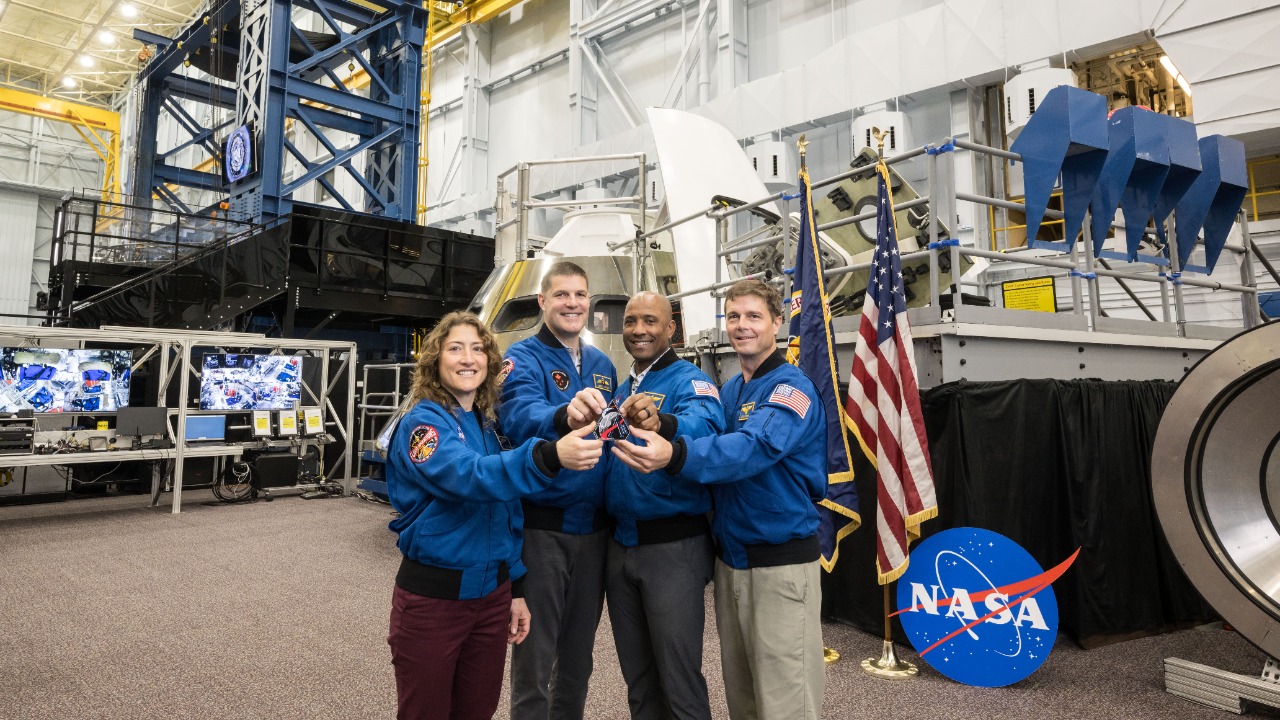
The Artemis II mission will be led by U.S. Navy Captain Reid Wiseman, who will serve as the mission commander. Drawing on his experience from Expedition 41 aboard the International Space Station, Wiseman will oversee the mission’s operations and ensure the crew’s safety throughout the journey. His leadership will be instrumental in navigating the challenges of deep space exploration and achieving the mission’s objectives.
Pilot Victor Glover, a NASA astronaut and former Navy pilot, will be responsible for spacecraft operations during the lunar orbit phase. Glover’s expertise in piloting complex spacecraft will be crucial for the mission’s success, as he will manage the Orion spacecraft’s systems and ensure its optimal performance during the lunar flyby. His role is vital for maintaining the spacecraft’s trajectory and ensuring a safe return to Earth.
Mission specialists Christina Koch and Jeremy Hansen will focus on scientific experiments and navigation duties. Koch, who holds the record for the longest single spaceflight by a woman at 328 days, brings a wealth of experience in conducting scientific research in space. Hansen, representing the Canadian Space Agency, will contribute his expertise in navigation and mission planning. Together, they will conduct experiments that will provide valuable insights into the lunar environment and inform future exploration efforts.
Technological Innovations and Risks
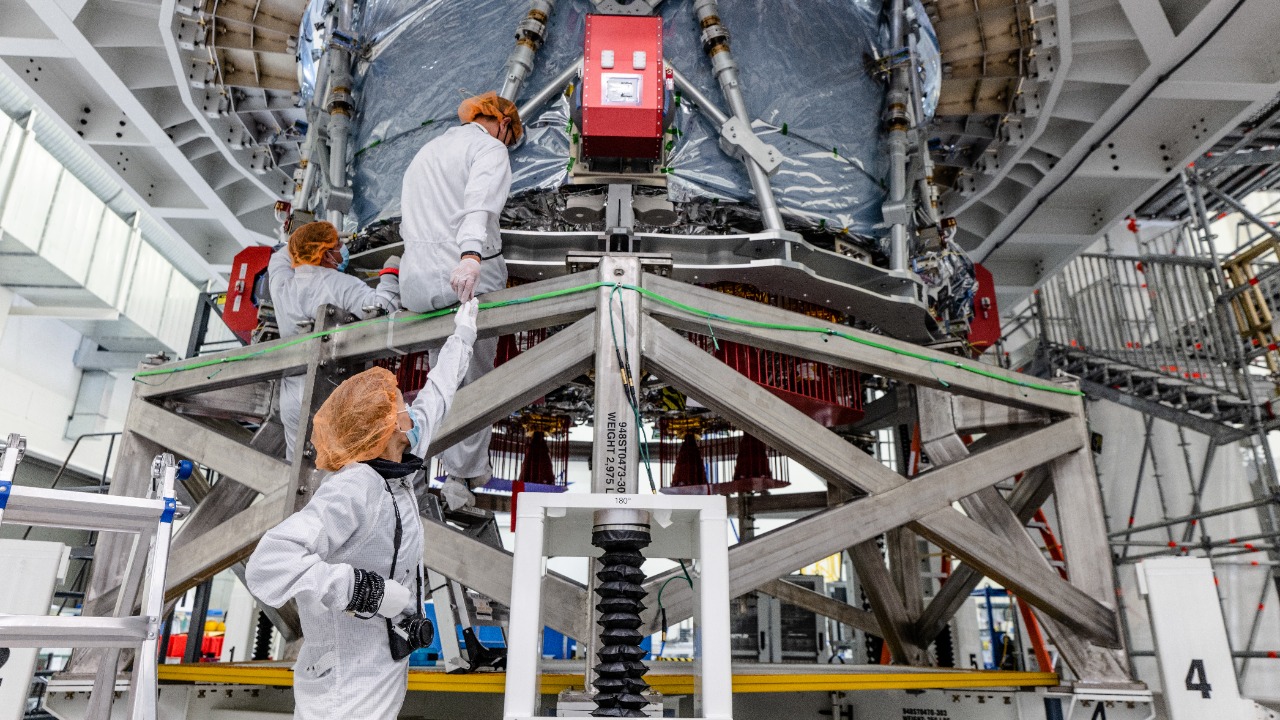
The Artemis II mission will showcase several technological advancements, particularly in the Orion spacecraft. The European Service Module, provided by the European Space Agency, will supply propulsion and power during the 240,000-mile journey to the Moon. This module is a critical component of the spacecraft, ensuring its ability to navigate the complex environment of deep space and return safely to Earth.
Key risks associated with the mission include radiation exposure in the Van Allen belts and re-entry challenges at speeds of up to 25,000 mph. These risks are mitigated through rigorous simulations and the abort system tested during the Artemis I mission. The mission’s safety protocols include escape options via the SLS’s solid rocket boosters, ensuring the crew’s safety despite the 50-year hiatus in crewed lunar flights.
Safety is a top priority for NASA, and the Artemis II mission incorporates numerous protocols to protect the crew. These measures include advanced radiation shielding and contingency plans for various scenarios, ensuring that the mission can proceed safely even in the face of unexpected challenges. By addressing these risks, NASA aims to pave the way for future crewed missions to the Moon and beyond, ultimately achieving its goal of a sustainable human presence in space.